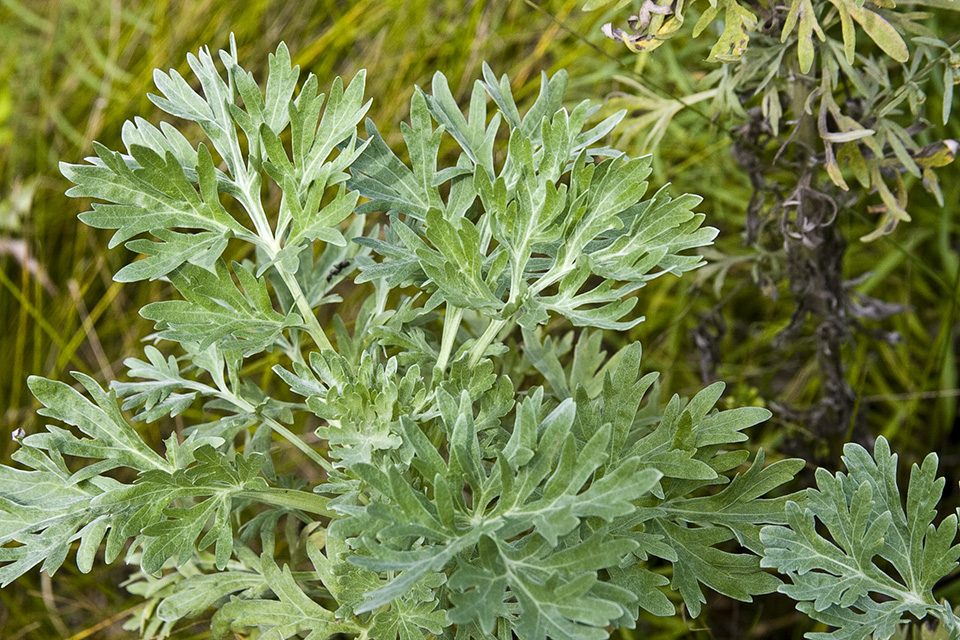

At least 10 locations in different parts of Sheridan County have absinth wormwood growing where hay has been fed or piled.įigure 2. Paul’s first question to the landowner was, “Did you purchase some hay from out of state?” The answer was yes and it turns out a load of hay must have been infested with absinth wormwood seed. The threat of this invasive pest recently became more real when Kristi Paul, Sheridan County Weed superintendent, was asked to identify a “strange weed” growing in a calving lot. Its leaves have been used as an herb for the sage flavor, the oil in vermouth, and antiseptic liniments. The plant’s pollen can be a source for allergies and asthma in humans. Sheep can graze the plant, but it will taint the milk of cattle that graze it. It has little or no forage value for livestock and is toxic to horses, who won’t graze it unless no other forage is available. An invasive weed, it can reduce the amount of forage available for grazing. This can prevent costly problems later on if you have to start managing a weed or weeds you did not have before.Ībsinth wormwood appears on roadsides and quickly invades farmsteads where infested hay has been fed, stacked, or stored. When buying hay or forage, check to see if it is certified as weed-free forage. Most new sites of absinth wormwood can be attributed to imported hay from out of the state that was contaminated with absinth wormwood seed. Absinth wormwood will establish quickly in disturbed areas and over-grazed sites and can out-compete desirable forbs and grasses in pastures and rangeland, reducing biodiversity. By the 1840s, the plant had spread west and north across North America. How It SpreadsĪbsinth wormwood was intentionally introduced into the United States as an herb in gardens for social and medicinal purposes. Inconspicuous flowers are small, dull yellow, and each produce a single seed, which is scattered by water, wind, animals, and hay. Stems and leaves are covered with fine silky hairs, which give the plant a grayish color. Leaves are light to olive green in color, large and dissected up to 7.6 cm (3 inches) in length. Mature plants may reach a height up to 1.5 meters (5 feet tall).

The plant dies back in the fall and then resumes growth the following spring from new buds and shoots.Ībsinth wormwood has a taproot and may have 20 or more erect woody stems. Plants form rosettes the first year of growth in the second year they resume growth in April and May and flower in July and August. Seeds germinate from late spring through early fall and can remain viable in the soil up to four years. Absinth wormwood is a prolific seed producer. It reproduces and spreads primarily from seed and short roots. Absinth wormwood is an herbaceous perennial forb.


 0 kommentar(er)
0 kommentar(er)
